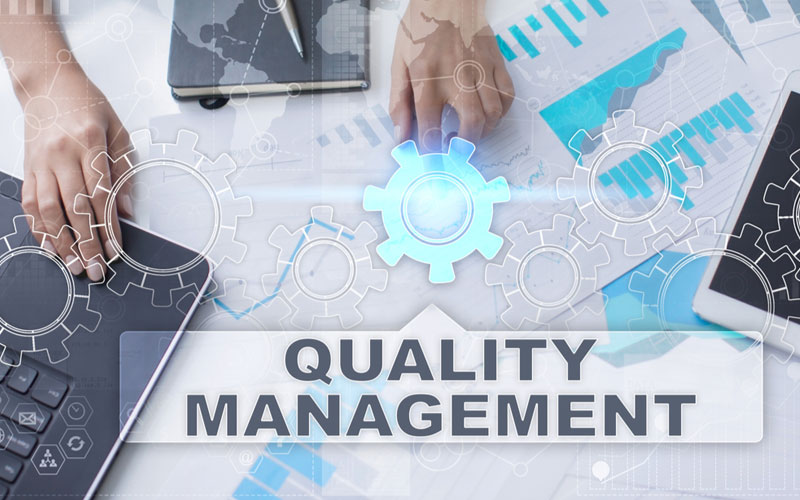Total Quality Management (TQM): Tool Box for Continual Improvement

QM-851
[spacer height=”20px”]
Course Objectives
[spacer height=”20px”]
By the end of the course, participants will be able to:
- Explain the importance of quality models and identify various quality concepts and frameworks used by quality gurus
- Discover the success elements of Total Quality Management (TQM) deployment
- Use TQM improvement tools to enhance customer satisfaction and improve processes within their organization
- Describe various types of benchmarking tools and techniques to boost quality initiatives
- Apply widely used improvement methodologies
[spacer height=”20px”]
Who Should Attend?
Individuals, managers, supervisors and all those who are engaged in quality models, awards, ISO and TQM implementation as well as improving organizational performance.
[spacer height=”20px”]
Course Outline
[spacer height=”20px”]
-
Introduction to total quality management concepts
- Definition of quality and quality models
- History of quality
- Defining TQM
- TQM critical success factors
- The relationship between ISO 9000 and TQM
- Benefits of implementing a quality model
- The cost of poor quality
- Comparing the gurus (Deming, Crosby, Juran, etc.)
- National quality awards:
- The Malcolm Baldrige national quality award
- Selecting the right model for your organization
- The quality maturity ladder
[spacer height=”20px”]
-
The success elements of TQM
- Customer driven quality
- Plan, Do, Check, Act (PDCA) model
- Eight-step problem solving methodology
- Process thinking
- Eliminating the non value added
- Management by facts and data
- Continual improvement and Kaizen
- Enhanced employee participation and decision making through idea generating systems
- Employee reward and recognition
[spacer height=”20px”]
-
Improvement tools and methodologies
- What is a quality tool
- The seven quality control tools
- Cause and effect diagram, check sheet, control charts, histogram, Pareto chart, scatter diagram, stratification
- Brainstorming
- Tree diagrams: how-how and why-why diagrams
- Force field analysis
- Affinity diagrams
- Process mapping: ‘the turtle’
- Poka yoke
- Lean thinking
- The seven types of waste in organizations
- Visual management and the 5S program
- Six sigma
[spacer height=”20px”]
-
Benchmarking as a tool to improve quality and business processes
- Definition of benchmarking and reasons to benchmark
- Levels of benchmarking
- Pros and cons of different benchmarking approaches
[spacer height=”20px”]
-
Elements of a continuous improvement process
- The eight steps to achieve improvement
- Critical success factors and common failure factors in TQM
[spacer height=”20px”]


